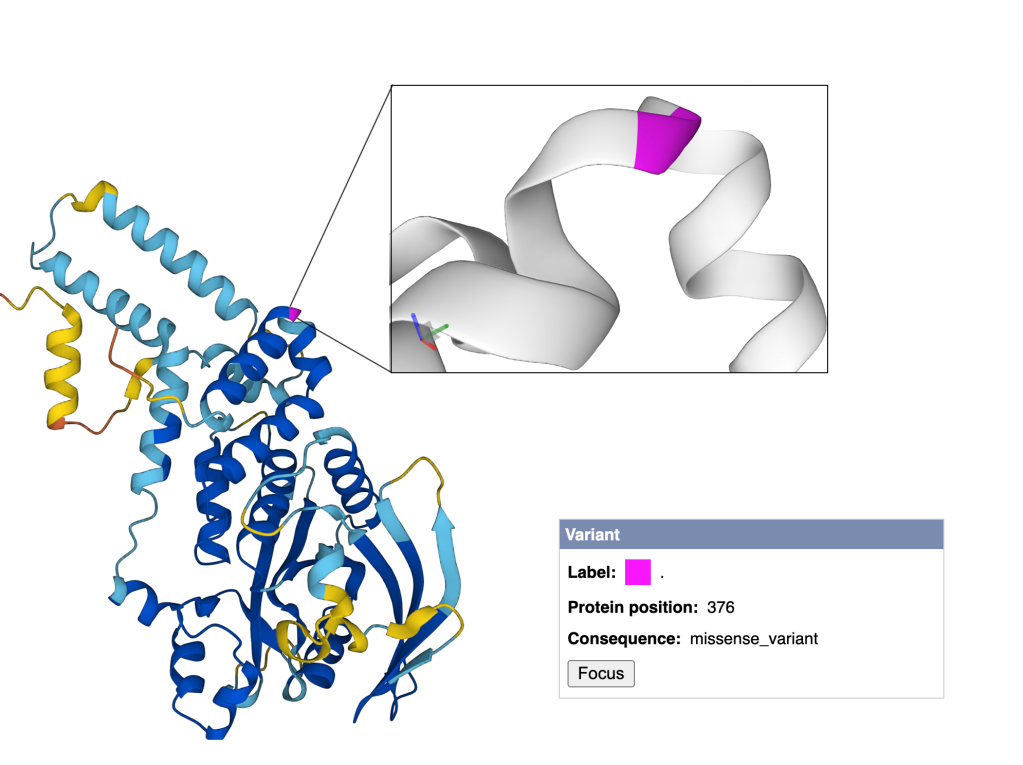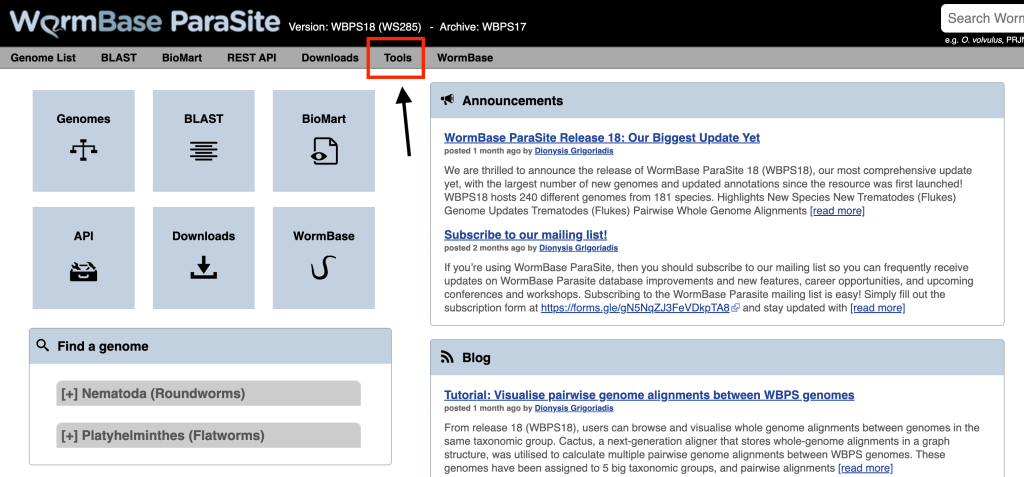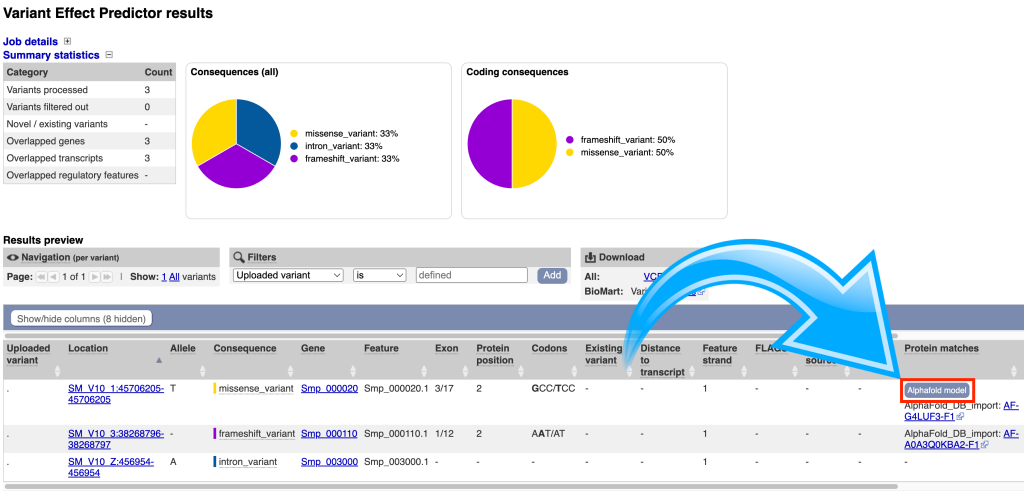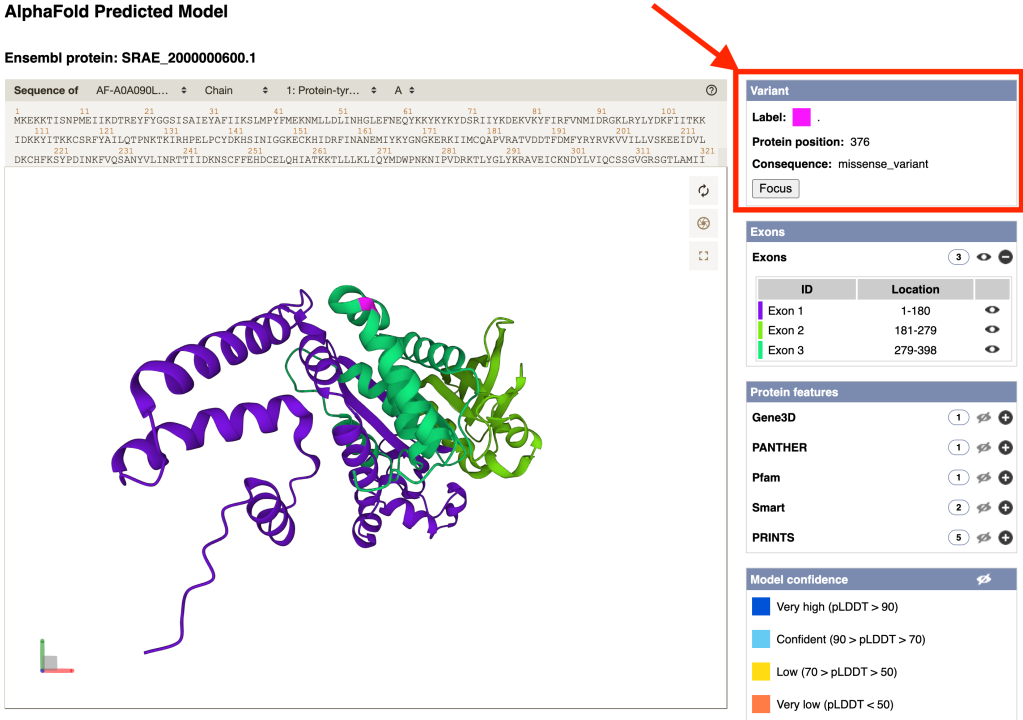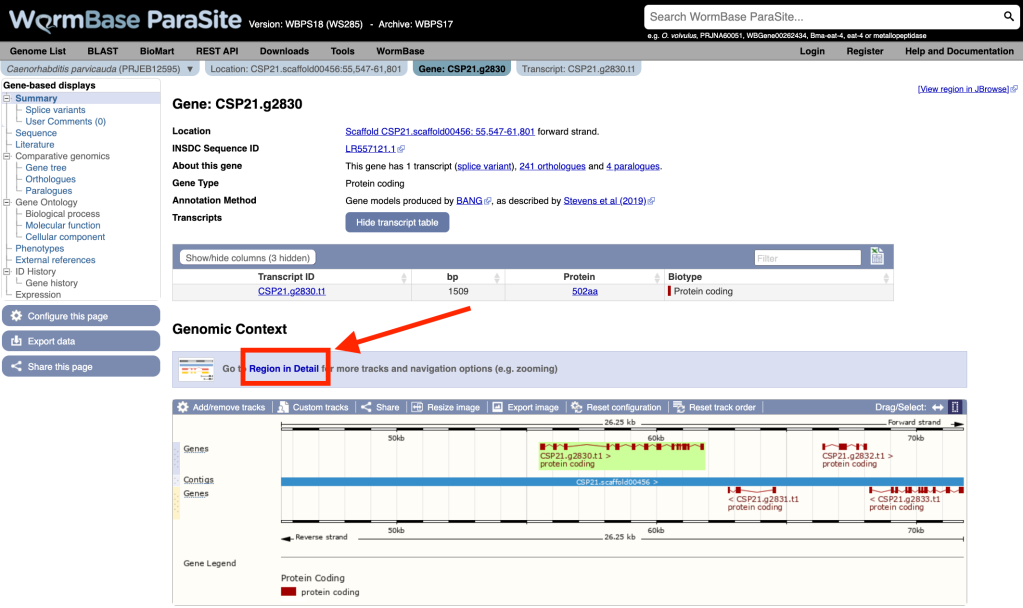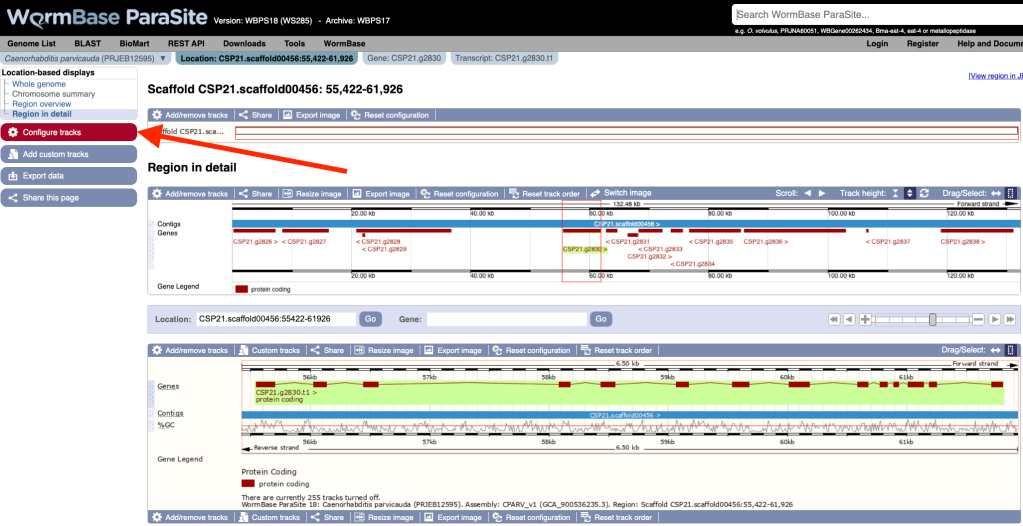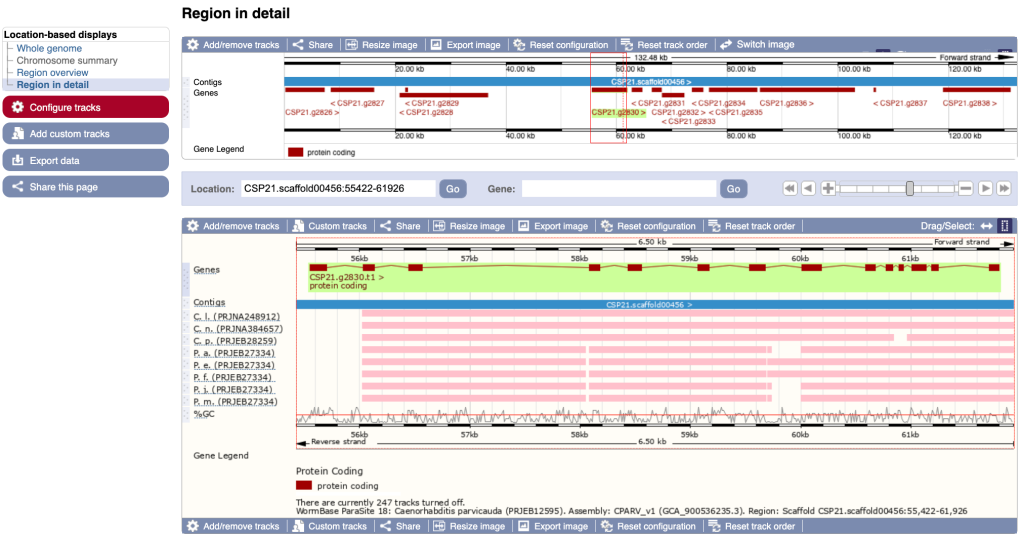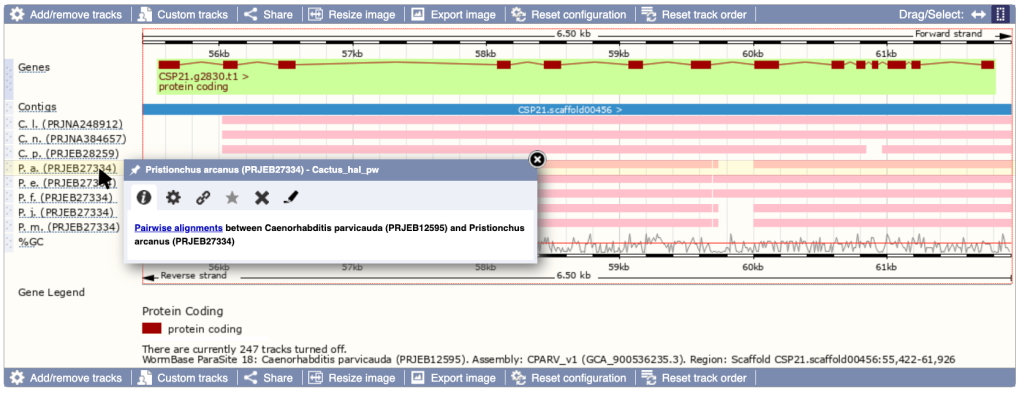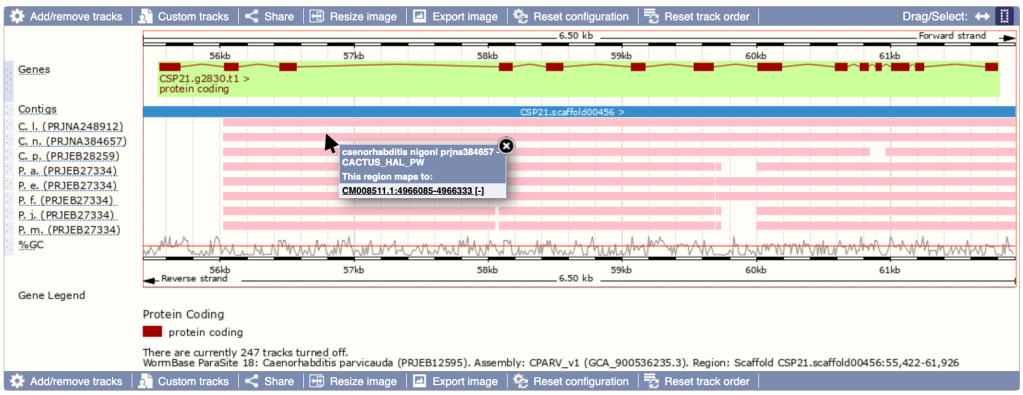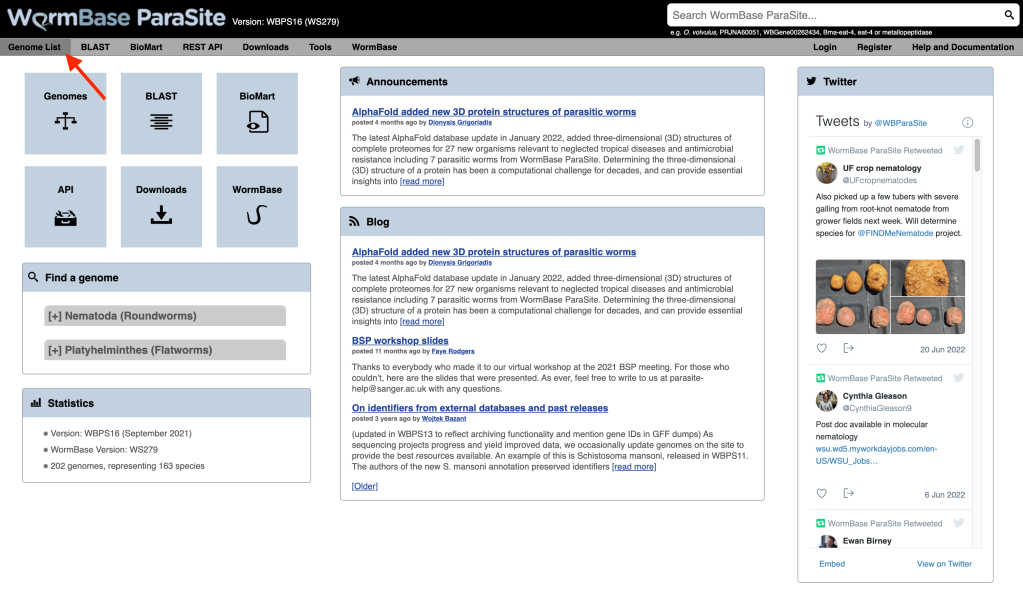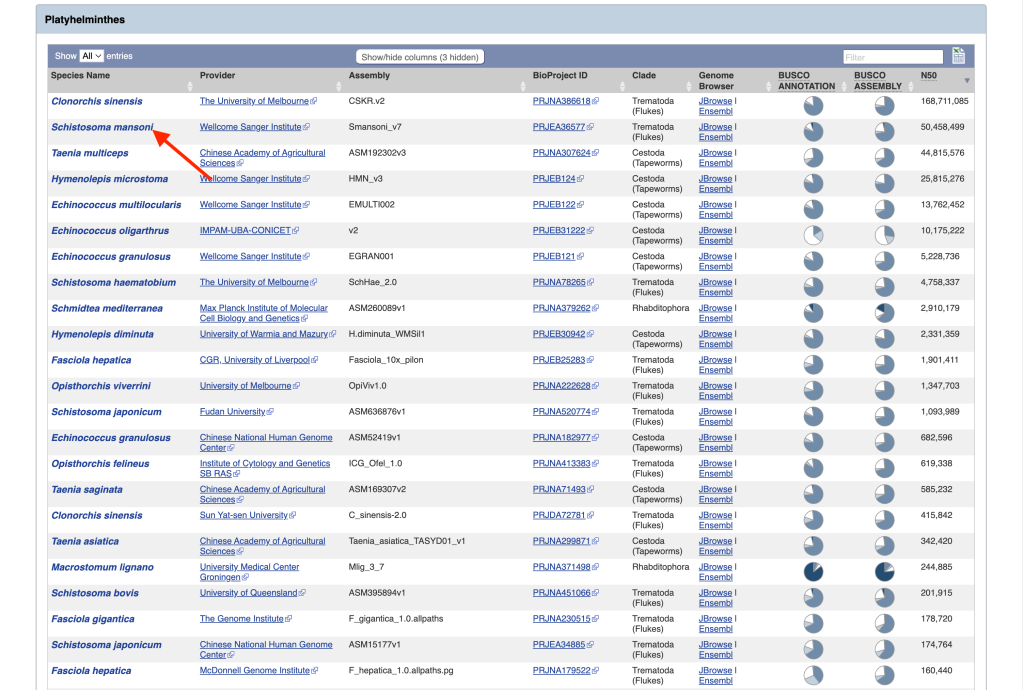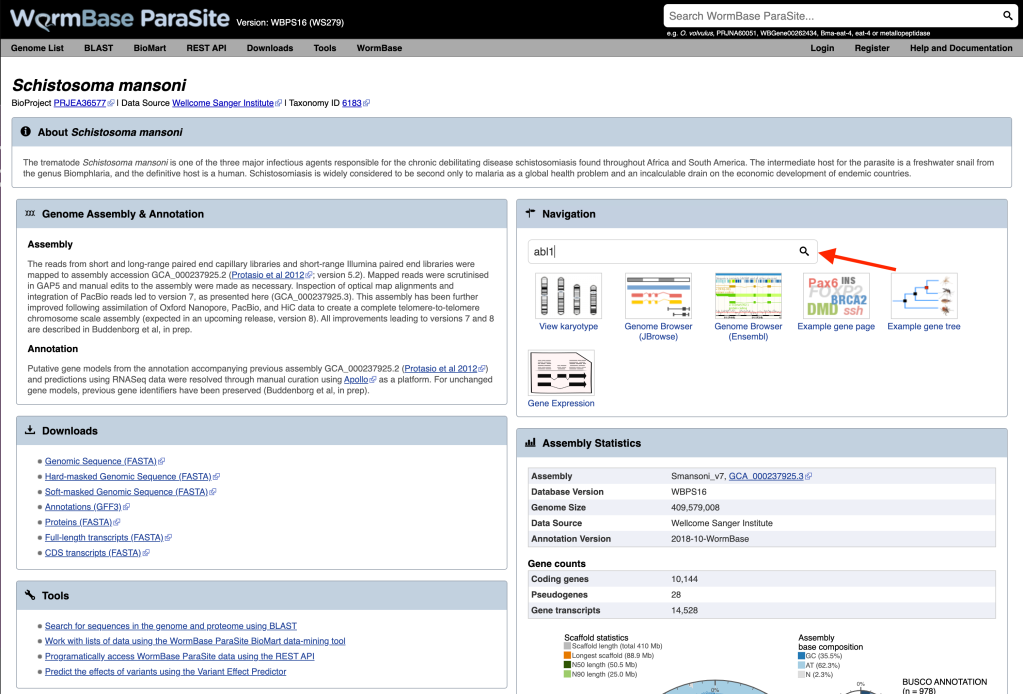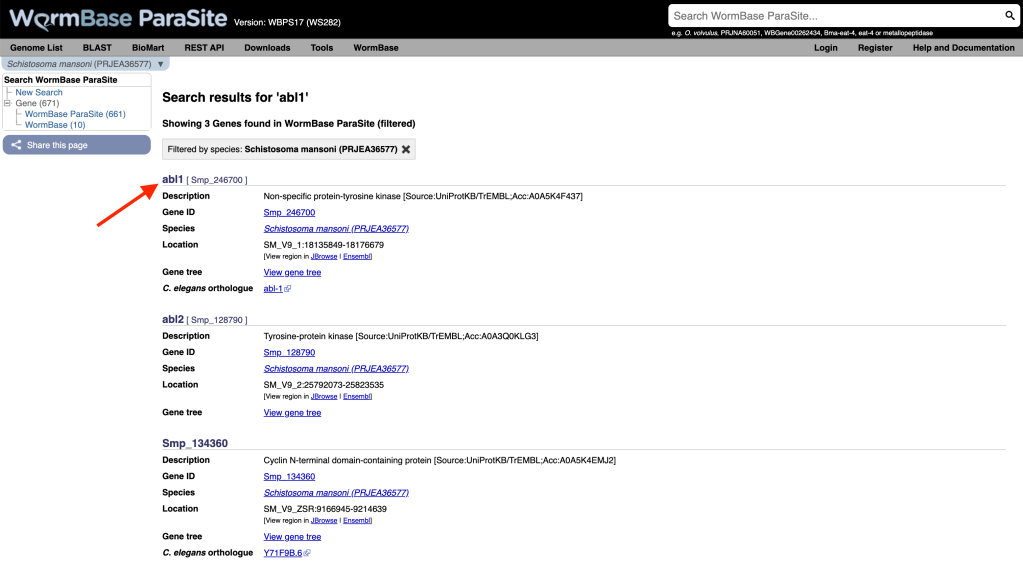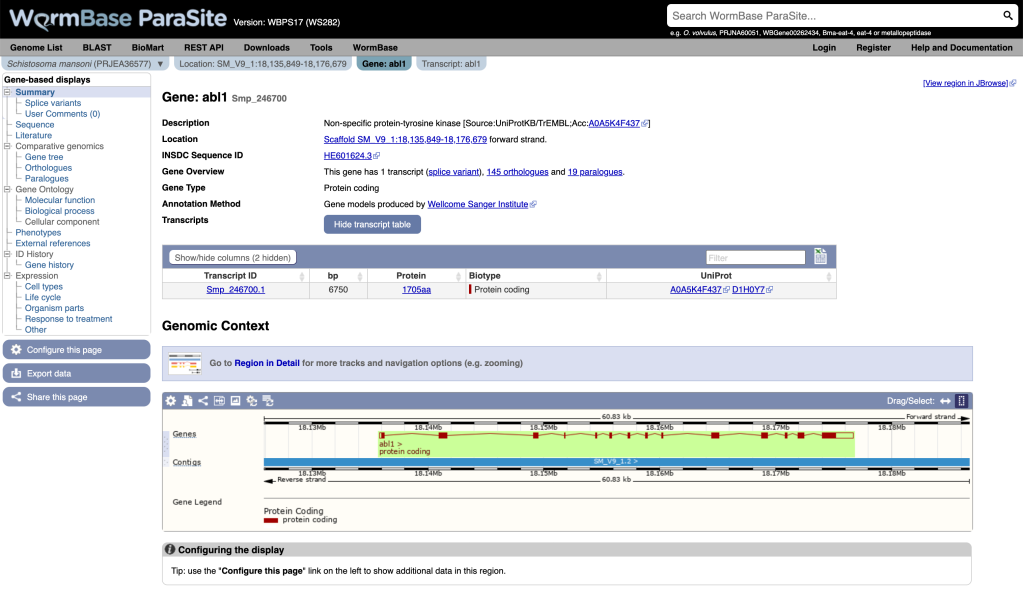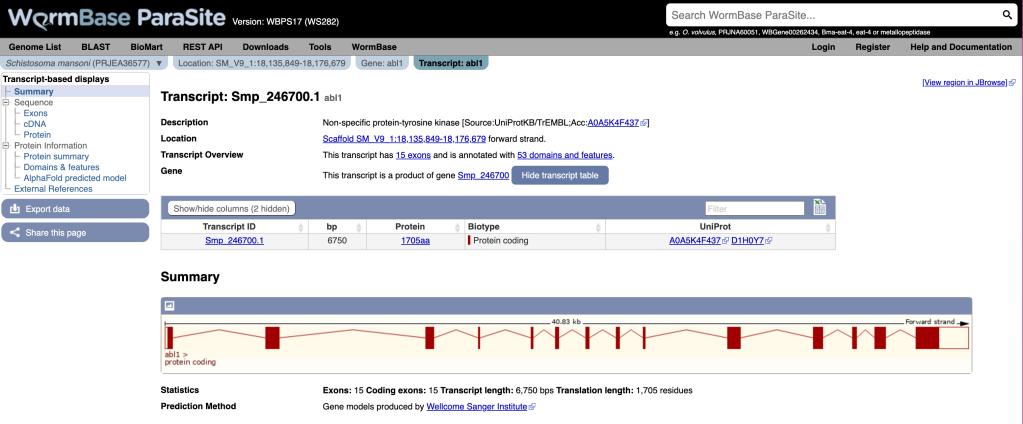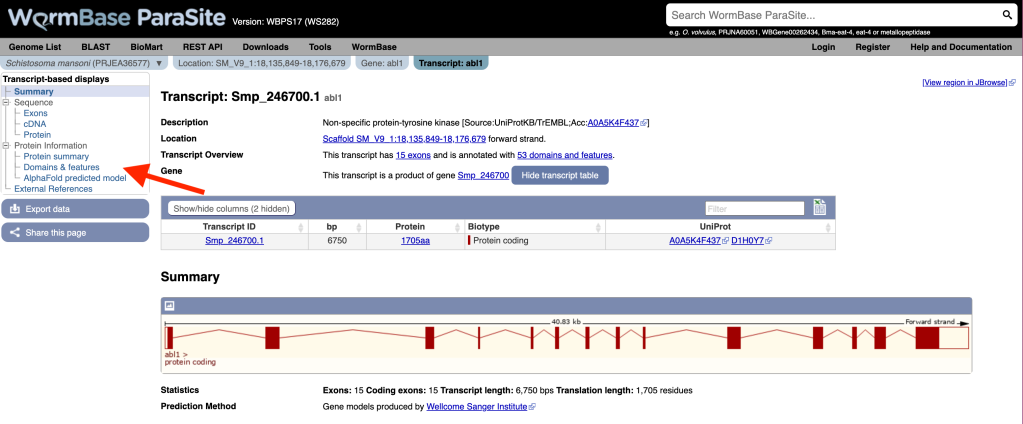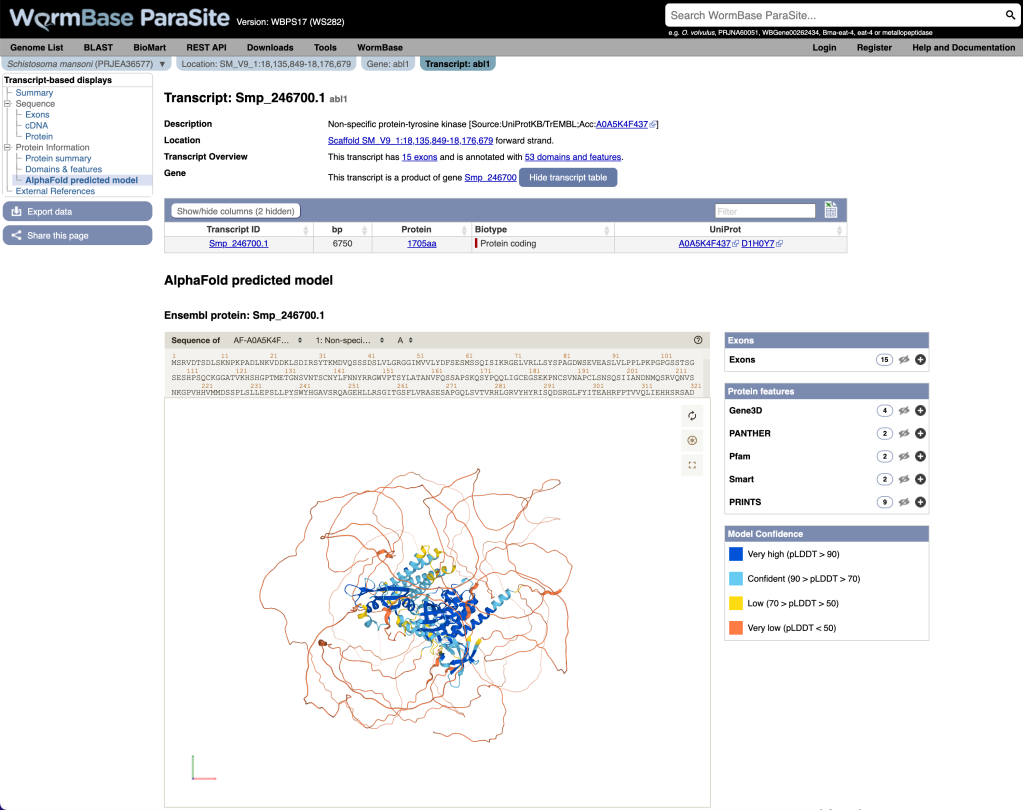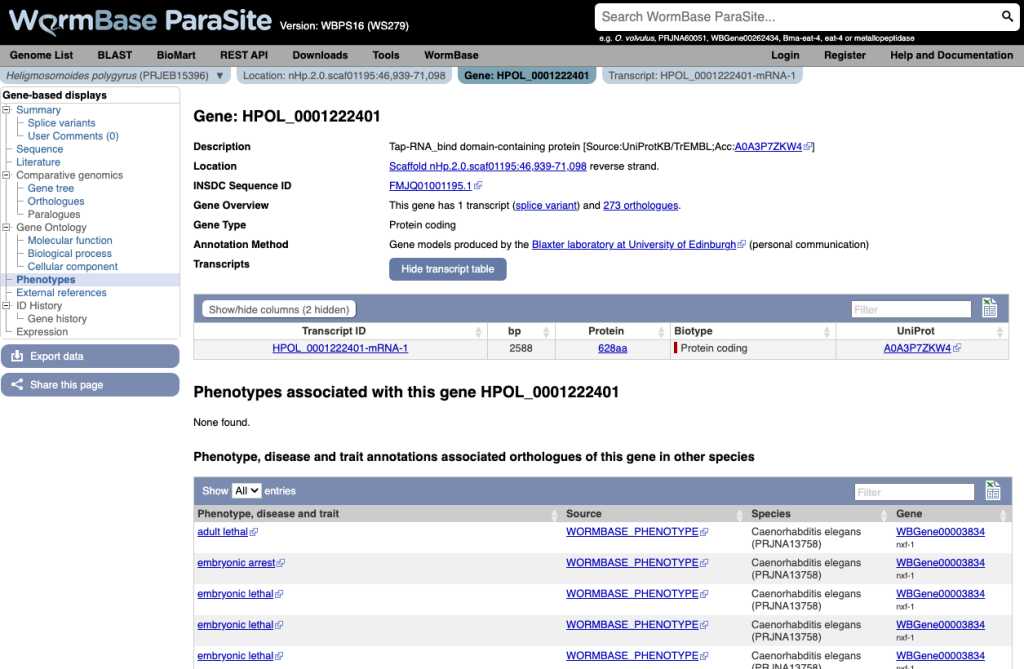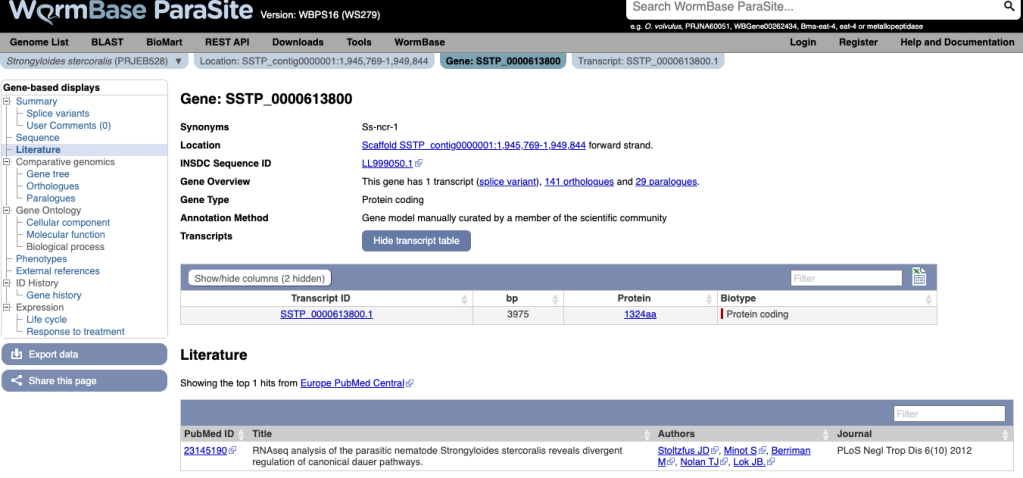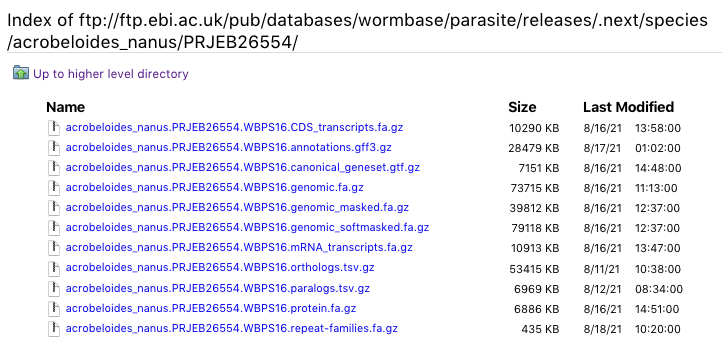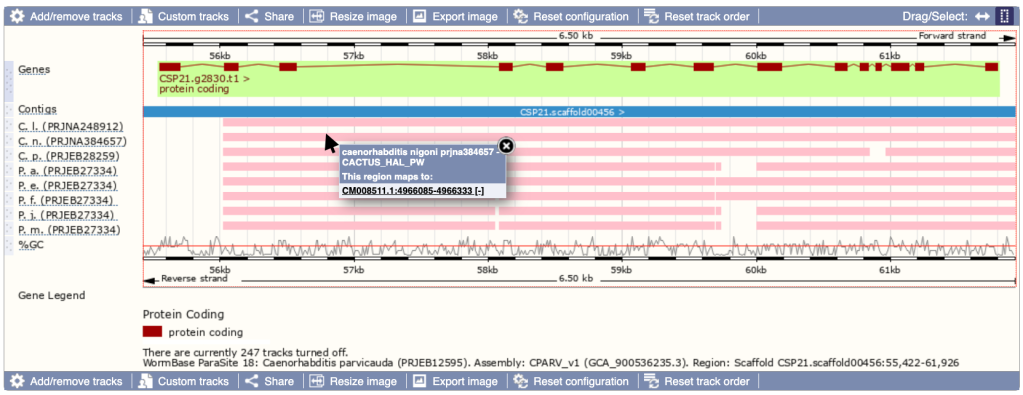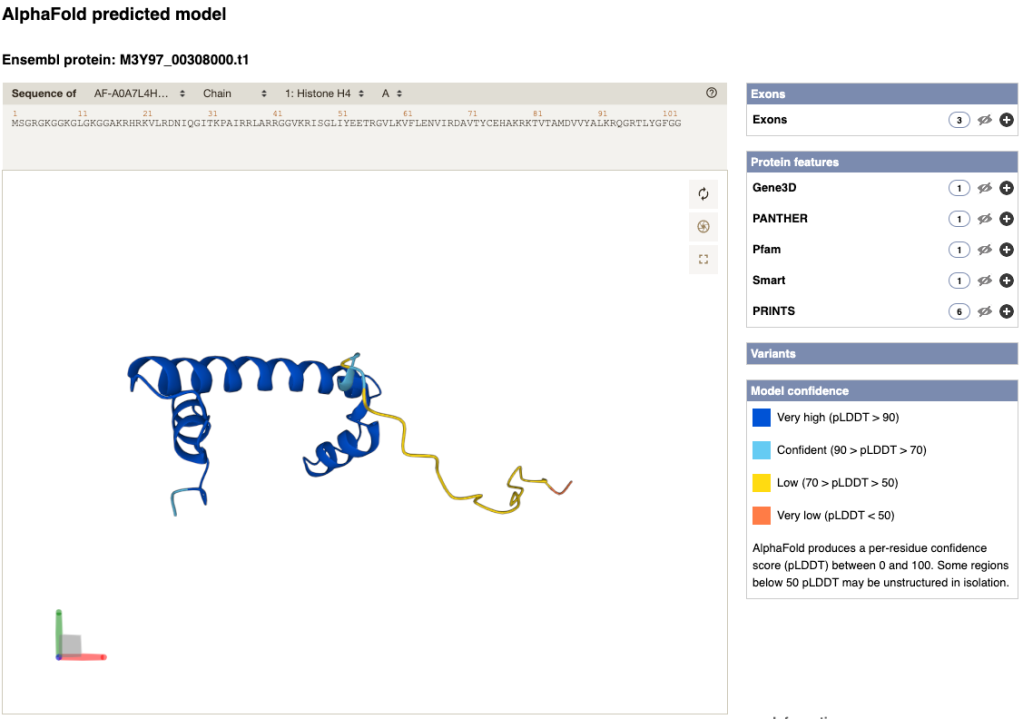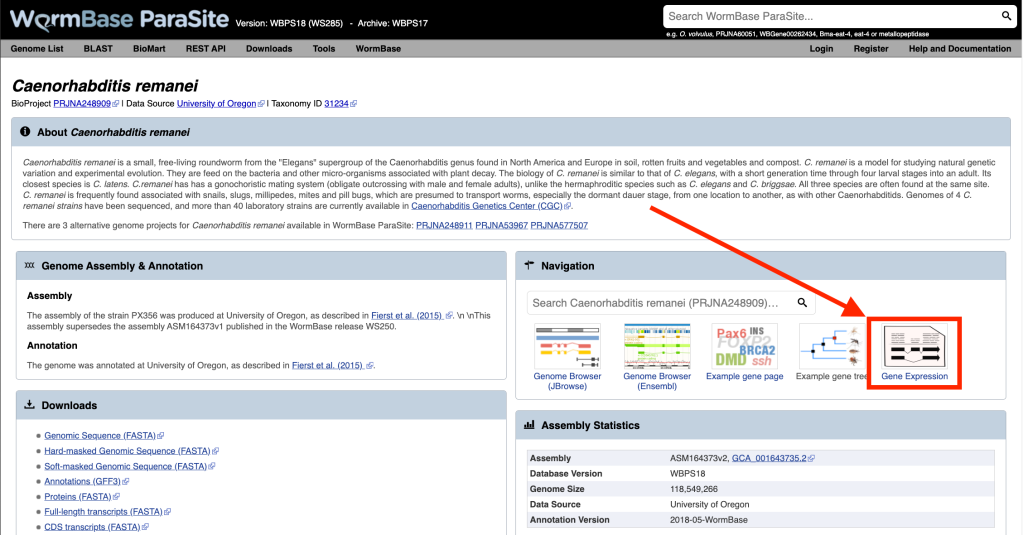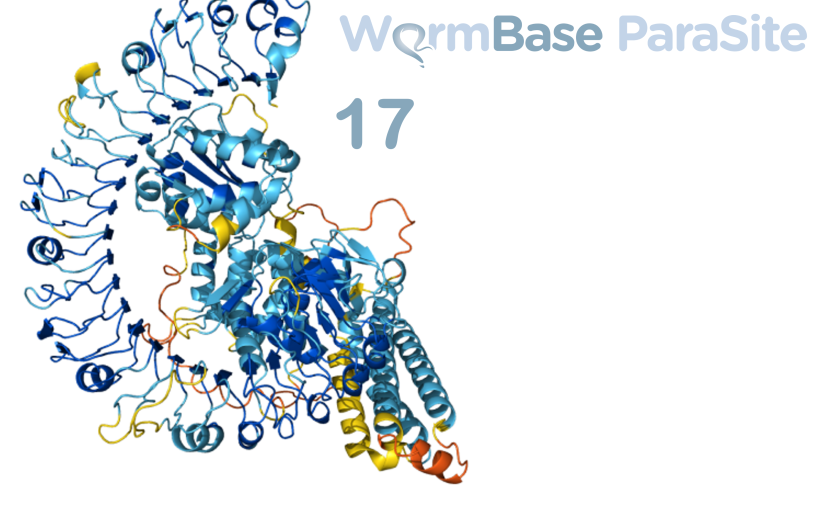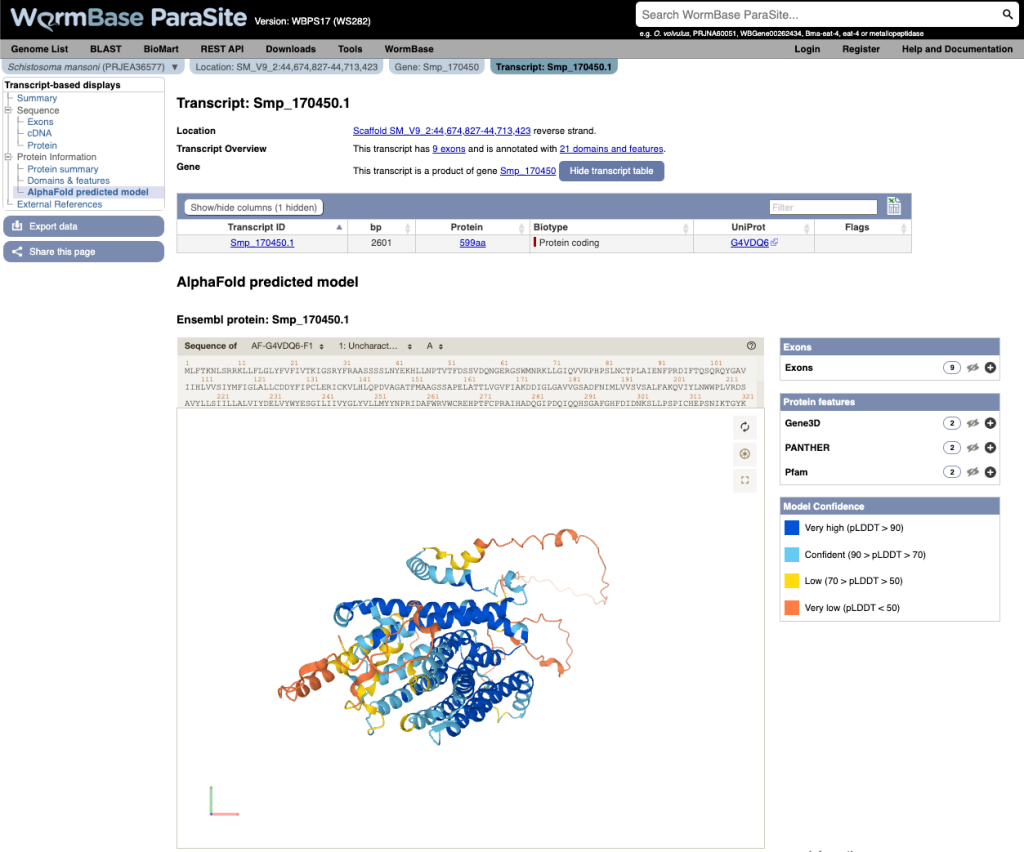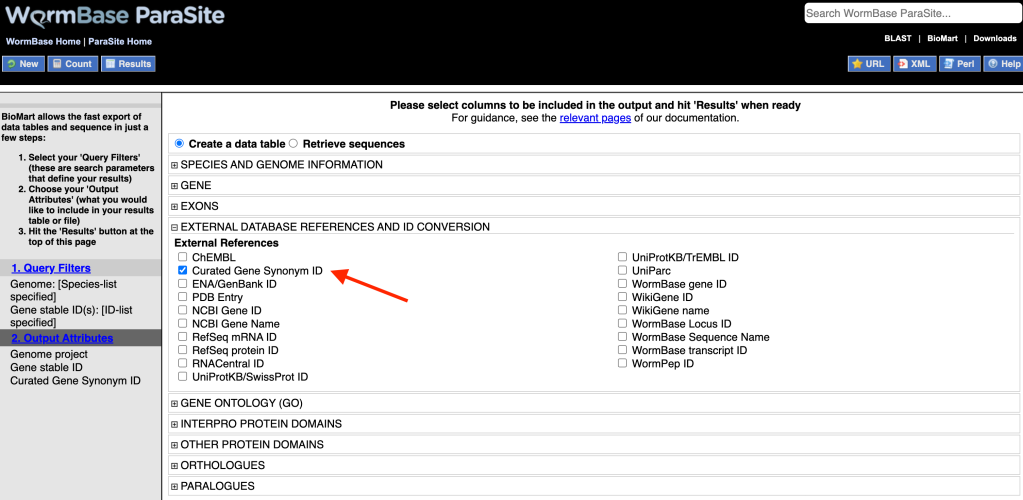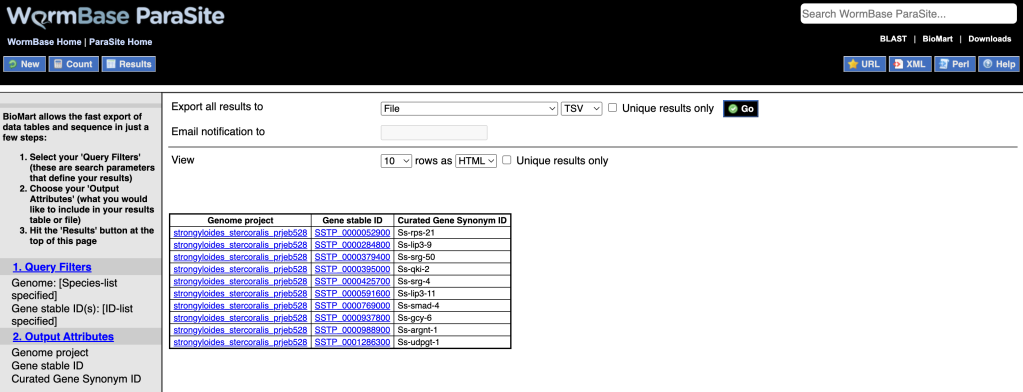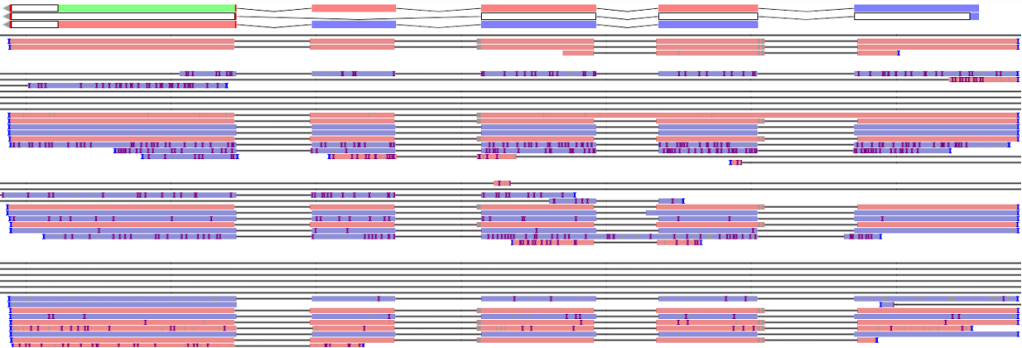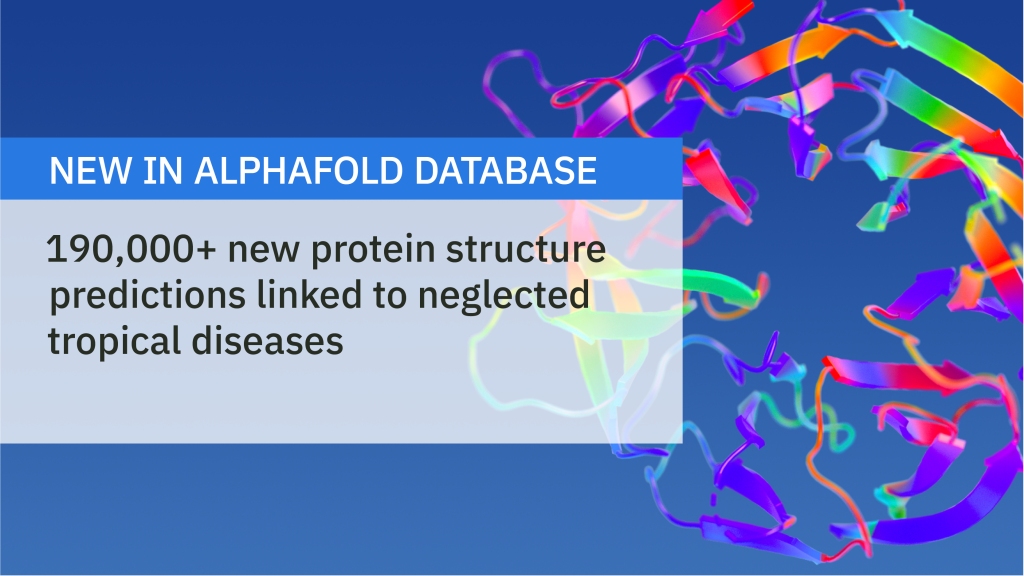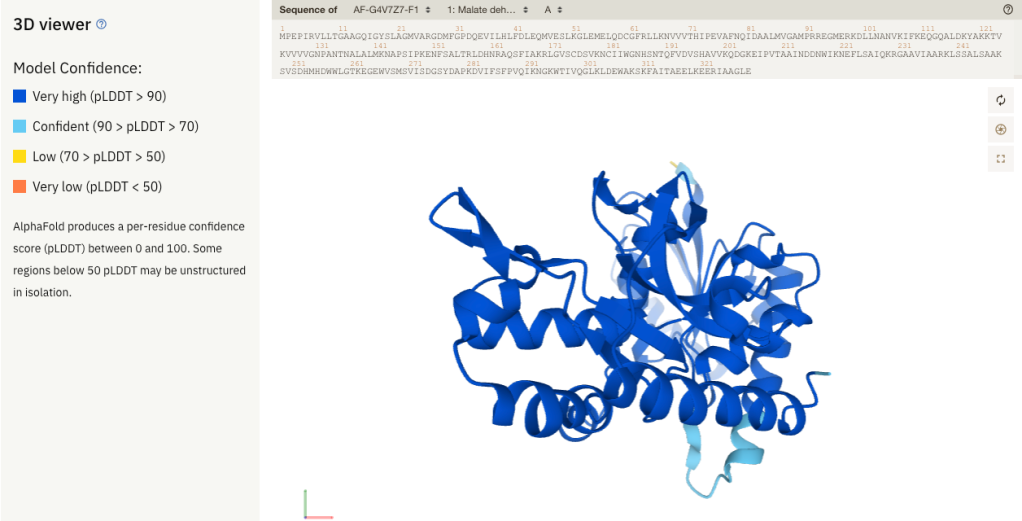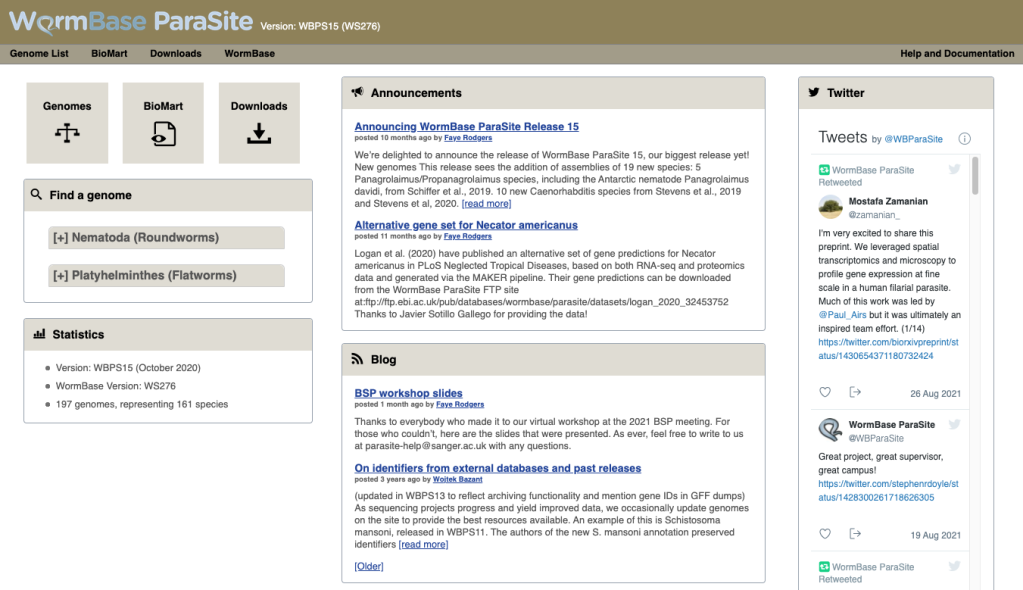We are pleased to announce the 19th release of WormBase ParaSite (WBPS19), bringing new and updated genomes, data from RNASeq studies, and additional annotation files for download. WBPS19 hosts 274 different genomes representing 208 distinct species, includes an additional 41 new genome assemblies for 14 existing and 27 new species.
Additional Species
Bradynema listronoti (PRJNA842945), known to infect the carrot weevil, Listronotus oregonensis.
Levipalatum texanum (PRJNA655932), a free-living nematode in the family Diplogastridae. Found in the South-Eastern United States, the species lives in association with scarab beetles.
Koerneria luziae (PRJNA655932), a nematode from the family Neodiplogasteridae. K. luziae is thought to have a wide range of distribution, from Europe to East Asia.
Diplogasteroides magnus (PRJNA655932), a hermaphroditic nematode from the family Diplogastridae. Dauer juveniles of the species are present on wood cockchafer..
Bunonema rgd898 (PRJNA655932), a pathenogenic species that belongs to the Diplogastridae family.
Steinernema hermaphroditum (PRJNA982879), an entomopathogenic nematode of the genus Steinernema.
Trissonchulus sp. WLG1_4 (PRJNA953805), a free-living nematode.
Trissonchulus latispiculum (PRJNA953805), a free-living nematode.
Trileptium ribeirensis (PRJNA953805), a nematode from the family Thoracostomopsidae.
Theristus sp. LFF4_11 (PRJNA953805), a free-living nematode from the family Xyalidae.
Sabatieria punctata (PRJNA953805), a free-living marine nematode from the family Comesomatidae.
Rhynchonema sp. JSB1_4 (PRJNA953805), a free-living nematode.
Ptycholaimellus sp. GST1_10 (PRJNA953805), a free-living marine nematode from the family Chromadoridae.
Paralinhomoeus sp. GSCO2_6 (PRJNA953805), a free-living marine nematode from the family Linhomoeidae.
Mesodorylaimus sp. YZB2_4 (PRJNA953805), a free-living nematode.
Linhomoeus sp. GSCO2_2 (PRJNA953805), a free-living nematode from the family Linhomoeidae.
Epsilonema sp. ZAB3_2 (PRJNA953805), a free-living nematode.
Microlaimidae sp. YZB2_3 (PRJNA953805), a nematode belonging to the order Desmodorida.
Enoplolaimus lenunculus (PRJNA953805), a free-living nematode.
Allodiplogaster sudhausi (PRJEB48369), a free-living hermaphroditic nematode from the Diplogastridae family.
Cylicocyclus nassatus (PRJEB63274), the most prevalent and abundant species of the Cyathostomins, a complex of 50 intestinal parasite species that infect horses and wild equids.
Paragonimus skrjabinimiyazakii (PRJNA245325), one of two species of Paragonimus thought to cause Paragonimiasis in humans.
Paragonimus kellicotti (PRJNA179523), or the North American lung fluke, is a trematode of the family Paragonimidae, responsible for causing a food-borne infection.
Paragonimus heterotremus (PRJNA284523), or the human lung fluke, is a member of the Paragonimus family. Alongside Paragonimus westermani, the species is known to routinely infect humans, causing paragonimiasis infection.
Parelaphostrongylus tenuis (PRJNA729714), also known as brainworm, is a neurotropic parasite commonly found in white-tailed deer, damaging their central nervous system.
Auanema sp. JU1783 (PRJEB51845), a trioecious free-living nematodes.
Mesorhabditis spiculigera (PRJEB59059). a free-living nematode that exhibits great potential for recycling of organic matter.
Genome and Annotation Updates
Wuchereria bancrofti (PRJNA275548), a human parasite that is the major cause of lymphatic filariasis.
Strongyloides stercoralis (PRJNA930454), or human threadworm, is a wide-spread, minute gastro-intestinal parasite of humans, occurring principally in the tropics and sub-tropics.
Heterodera schachtii (PRJNA522950), also known as the beet cyst nematode or sugarbeet nematode, is a plant pathogenic parasite which can infect more than 200 plants including the model plant Arabidopsis thaliana.
Fasciola hepatica (PRJEB58756), or sheep liver fluke, is a parasite that infects humans, cows and sheep.
Mesorhabditis belari (PRJEB61636), a diecious free-living worm which reproduces by pseudogamy
Schistosoma japonicum (PRJNA724792), or Asian blood fluke, is a parasite of significant public health importance in China, Taiwan, the Philippines and Southeast Asia.
Echinococcus granulosus (PRJNA754835), a member of the Cyclophyllidea, which comprise the majority of tapeworms that are of medical importance.
Necator americanus (prjna1007425), or human hookworm, lives in the intestines and is particularly harmful to children, causing chronic anemia, stunting growth and impairing intellectual development.
Nippostrongylus brasiliensis (PRJNA994163), or the rodent hookworm, is a strongylid nematode parasite that commonly infects the gastrointestinal tract of rats.
Ditylenchus destructor (PRJNA800207) or potato rot nematode, is an endoparasitic, migratory plant nematode.
Meloidogyne enterolobii (PRJEB36431), a root-knot nematode, infects a variety of crops such as eggplant, bell pepper, soybean, sweet potato, tobacco, tomato, or watermelon.
Paragonimus westermani (PRJNA219632), a lung fluke found in Southeast Asia and Japan, it is the most common cause of paragonimiasis. is the most common cause of paragonimiasis.
Genome Update
Halicephalobus mephisto (PRJNA528747), a free-living worm feeding on subterranean bacteria.
Full Annotation Update
Ancylostoma ceylanicum (PRJNA231479), or mammalian hookworm, is a parasite that attaches to the intestine of animals, particularly humans and hamsters, causing anaemia in the host.
RNASeq Studies
The RNA-Seq processing pipeline developed by Ensembl Metazoa has been used to process:
Schistosoma mansoni
- Single-cell stage- and sex-specific RNA-Seq data (PRJEB32839) from Buddenborg SK. et al., 2023
- PacBio long-read RNA-Seq (Iso-Seq) data (ERP015574)
Nippostrongylus brasiliensis
- Extensive RNA-Seq data (SRP449725) from Ferguson et al., 2023
Steinernema hermaphroditum
- RNAseq data (SRP443179) from a study by Erich Schwarz Cornell University
Subscribe to our mailing list
If you’re using WormBase ParaSite, please subscribe to our mailing list to receive updates on WormBase Parasite new releases, like this one, new features, career opportunities, and upcoming conferences and workshops.
Subscribing to the WormBase Parasite mailing list is easy! Simply fill out the subscription form at and stay updated with our latest news.
Problems/issues
If you encounter any problems with latest release, including broken links or missing genes, please don’t hesitate to contact us.
